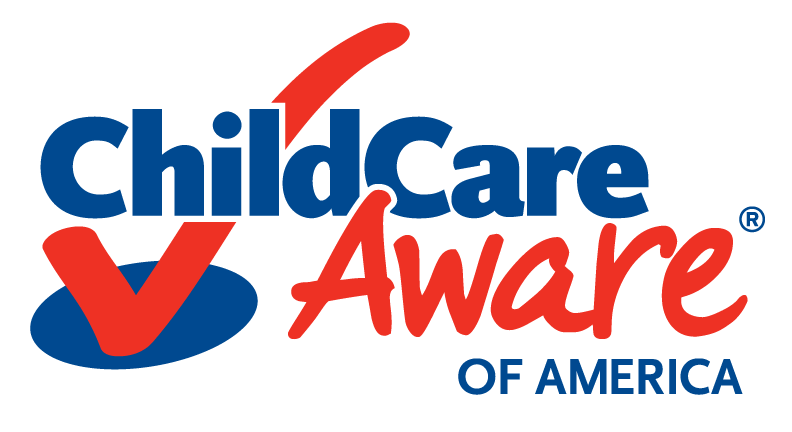Operating a Family Child Care Home: Program Structure
A successful family child care home depends on a number of factors. Putting practices and resources into place to strengthen your program structure is one way to increase your chances of success. The topics below can help you think about how to do this in your program.
-

QRIS and National Accreditation
Some states have a quality rating and improvement system (QRIS). Child care programs earn ratings when they meet certain quality standards. Programs earn higher ratings as they meet more quality standards. In some states, QRIS is mandatory for licensed child care providers or for programs that receive state subsidies. Learn more about your state’s QRIS by clicking on the State by State Resource Map. Your local Child Care Resource and Referral agency (CCR&R) can also help to connect you with your state’s QRIS program.
Some child care programs earn higher ratings by becoming accredited by a national accrediting body. Achieving accreditation is a voluntary process for child care providers. Programs that choose to become accredited have to show they meet requirements above and beyond state licensing requirements. The main accrediting body for family child care homes is the National Association for Family Child Care (NAFCC).
QRIS and National Accreditation -

Health and Nutrition Practices
There are a number of things you can do to help children receive healthy and nutritious food throughout the day and instill quality health practices in your family child care program. The Child and Adult Care Food Program (CACFP) is a federal program that helps qualified child care providers afford healthy and nutritious meals and snacks. CACFP reimburses providers for a portion of the costs for meals and snacks that meet CACFP nutrition standards. Reimbursement is tied to the income status of the families in your program.
In addition to CACFP, there are other health and nutrition practices that you will want to implement. High-quality family child care programs include practices such as special infant and toddler feeding practices, proper handwashing, diapering and toileting procedures, and record-keeping.
These health and nutrition practices and others may be required by your state licensing agency.
Health and Nutrition
Pandemic Considerations: Enhanced health and safety measures are necessary during the pandemic in order to protect children and staff. These measures should cover cleaning and sanitizing of surfaces and materials, drop-off and pick-up procedures, daily health screenings and temperature checks, meal time changes, use of PPE when necessary, social distancing, and other topics.
The CDC has shared recommendations for enhanced health and safety procedures that child care programs should take during the pandemic. Visit Guidance for Child Care Programs that Remain Open for more information.
Additionally, your state may have guidance on recommendations or requirements for child care programs during this time. Visit our State by State Resource Map and click on your state for information about child care and COVID-19. -

Supervision and Safety Practices
Supervision and safety practices are some of the most important features of your program. Not only do these practices keep children safe, they help you provide higher quality care. Many of these practices may be required by your state licensing agency. Family child care programs need to be properly staffed so children are actively supervised at all times. Staff are more likely to engage in warm and responsive interactions with children when the program is properly staffed.
Safety and Supervision
Pandemic Consideration: During the pandemic, additional supervision and safety measures should be put into place to protect children and staff. These may include:
- smaller group sizes, to allow for social distancing when possible
- enhanced hand-washing, cleaning, and sanitizing procedures
- staff training on recognizing symptoms of COVID-19 and procedures for children who begin displaying signs of a respiratory illness
- meal time changes, such as individually plated meals and socially distanced eating areas
- nap time changes, such as spacing mats, cribs, or cots 6 feet apart when possible and placing children head-to-toe for naps
-

Staffing Practices
It’s important to have an adequate number of staff members for your family child care program. Just as important, your staff should have a background in early education and experience working with young children. Use the resource below to think through the type of training and education you and your staff need to operate a high-quality child care program. Keep in mind that some staffing practices may be required by your state licensing agency.
Staff Qualifications -

Child Care Policies and Procedures
Written policies and procedures will help you communicate your expectations to families. These policies will help you if questions arise about how your family child care business operates. Some of these policies and procedures may be required by your state licensing agency.
Policies and Procedures
Pandemic Consideration: Ensure that your policies and procedures reflect the changes you’ll need to make to your program due to COVID-19. These may include a “no visitors” policy for the duration of the pandemic, information about drop-off and pick-up changes, and what parents can expect if their child begins to exhibit symptoms of a respiratory illness while in child care. Also be sure to include your fee and payment policies in case of temporary closure and the steps you will take if a child or staff member tests positive for COVID-19 or if there is an outbreak in the community.
CCAoA’s Grab, Adapt, and Go Resources may be helpful when determining policies for these and other scenarios for the pandemic.
For the best results, be sure to download and save the resources provided above. Doing so will allow you to complete the forms from your computer or mobile device.
These resources and more are also available in our Family Child Care Provider Resources E-Book.







